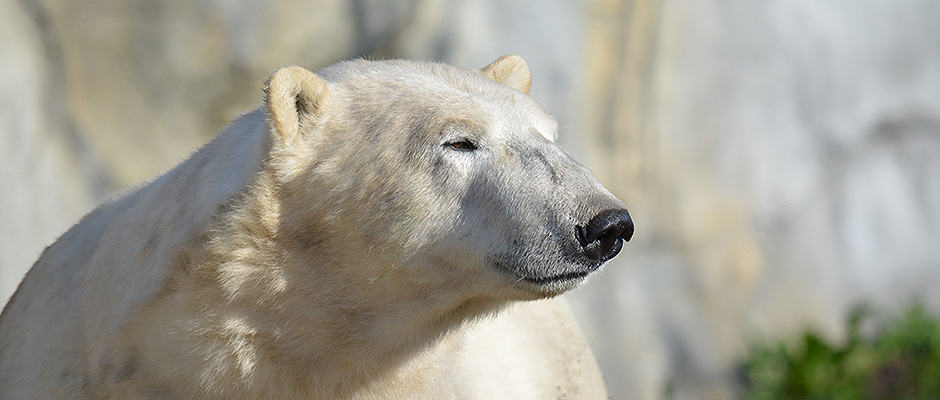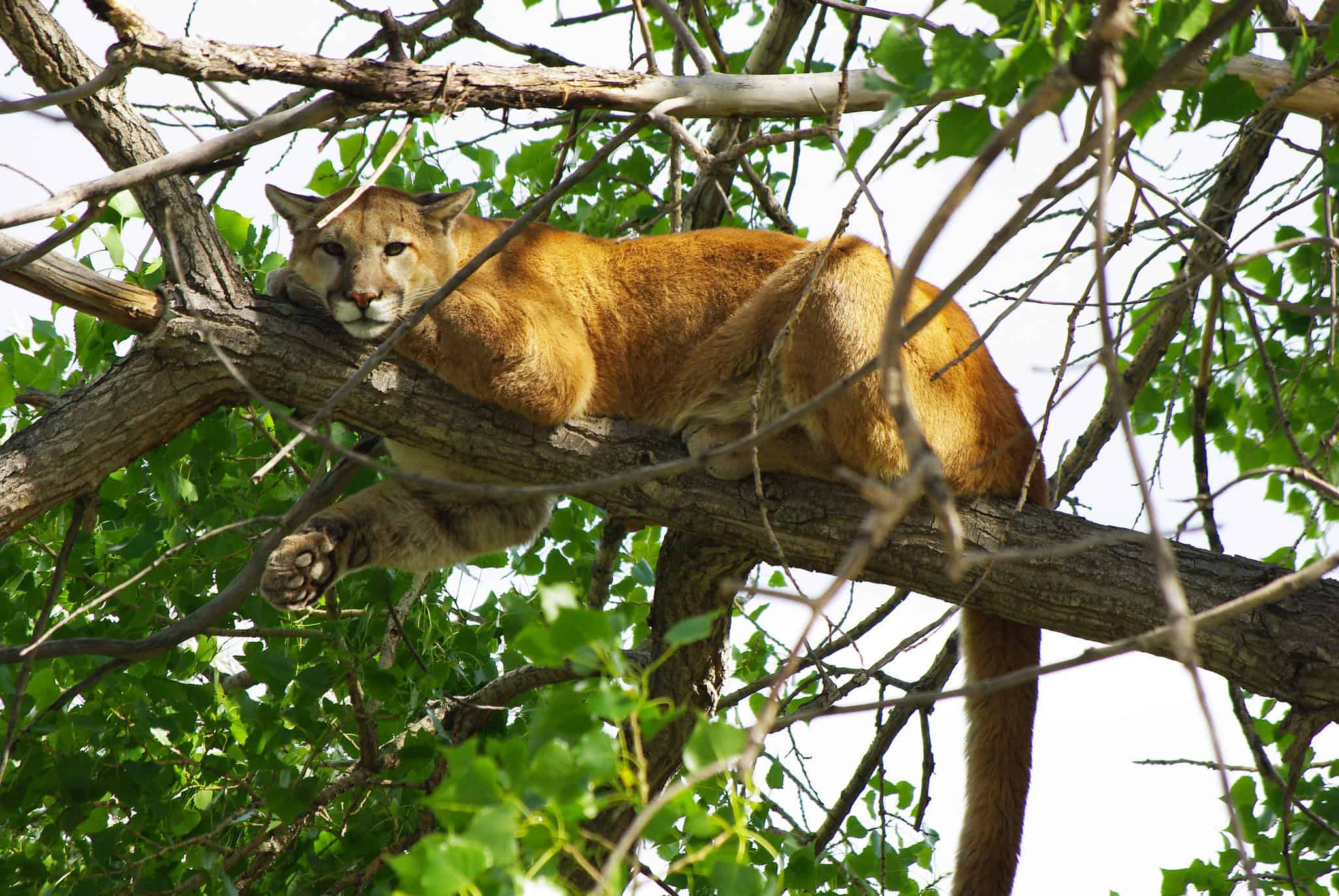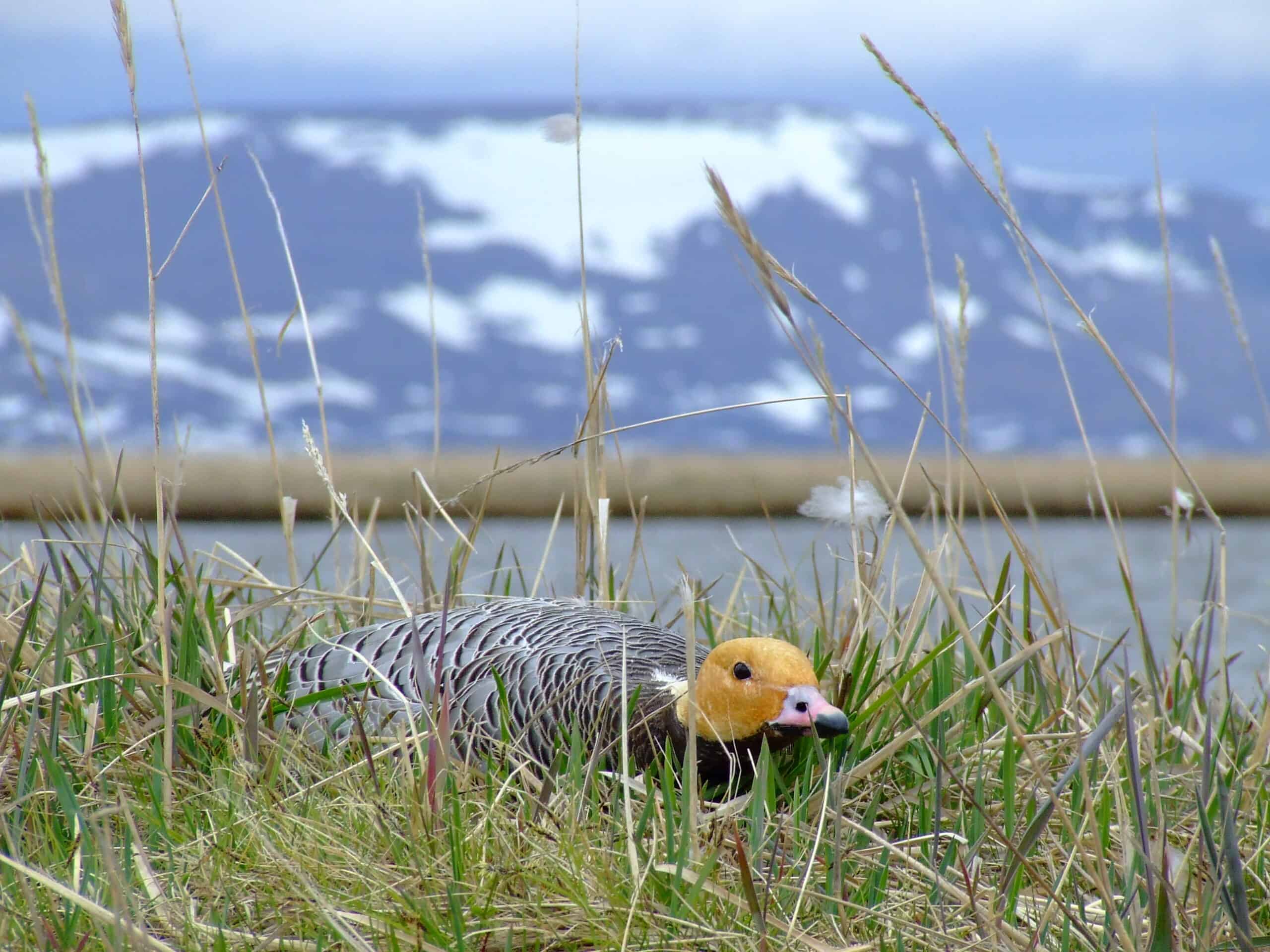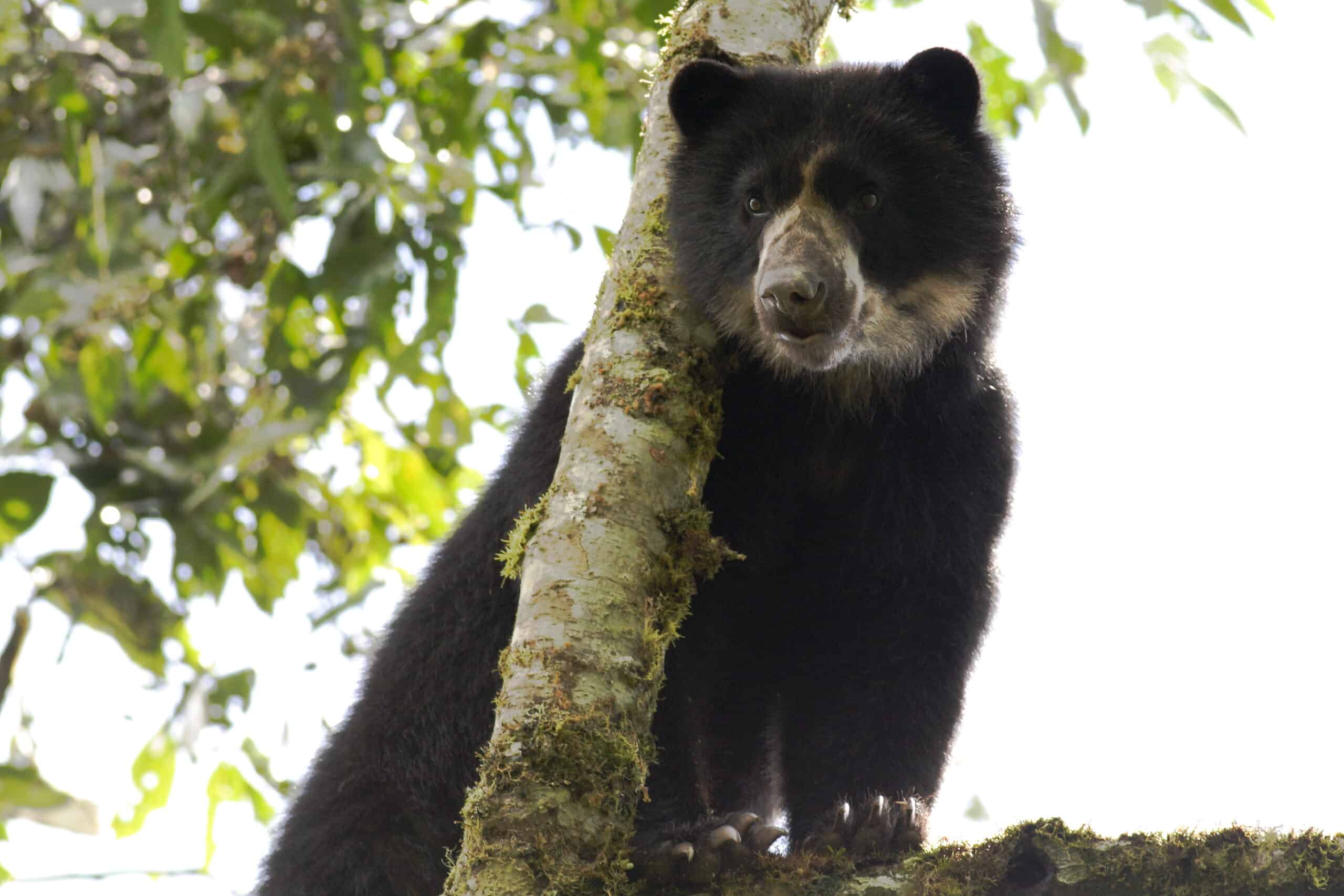Share this article
TWS Conference: Polar Bears Research and Conservation Education Experience
Join The Wildlife Society’s field trip to the International Polar Bear Conservation Centre during the 2015 TWS Annual Conference. Learn more about the educational and professional networking opportunities available to you at this year’s Annual Conference at our conference website.
When it comes to educating the Manitoban public on issues affecting the environmental and ecosystems of the north, Storm isn’t your typical teacher. He’s only around four years old, lived most of his life in the wild, and his idea of making friends with locals in Churchill was to bite a man in the hip after wandering into town one night.
The latter incident landed him into some trouble with few options and alternatives. Polar bears (Ursus maritimus) that come into direct conflict with humans — an increasing occurrence as the ice floes that bears hunt on continues to melt — are often euthanized. But The International Polar Bear Conservation Centre (IPBCC) offered him a facility where he could continue to live out his life in naturalistic surroundings — albeit in captivity — in the Assiniboine Park Zoo.
“Because we had the facility down here, Conservation officers had other options. They didn’t have to euthanize him,” said Stephen Petersen, president of the Manitoba chapter of The Wildlife Society and the head of conservation and research at the IPBCC.
Now Storm, zoo-born Hudson, and other bears serve as part of a public education campaign to teach people about the risks polar bears face due to declining habitat quality. Provincial legislation only allows facilities like Assiniboine Park Zoo to have polar bears if they can prove they are contributing to the overall public knowledge of climate change and other factors affecting polar bear ecology.
“We have to show the province that we’re testing and improving how we communicate those messages and that they’re actually effective,” Petersen said. As a result they collaborate with social scientists to conduct surveys before and after tours to test visitors’ knowledge and learning at the polar bear exhibit, as well as implementing other strategies.
“The bears in our facility aren’t solely for entertainment. They’re here to make a connection between Arctic ecosystems and choices visitors make every day.”
Thanks in part to Storm and the other bears, the conservation center located at the zoo can also carry on important work on polar bear genetics. One of the projects they are working on looks at the particular circumstances in which bears adopt cubs that are being abandoned due to increasingly variable ice conditions. “One of the ways we may be able to save orphan polar bears rather than keeping them in the zoo is to get them adopted.”
While previous efforts in getting mothers to adopt cubs in the wild have failed, the center’s genetic tests show that the bears sometimes exhibit this behavior in the wild. Other work they are doing looks at whether harbor seals (Phoca vitulina) may start to take over from ringed seals (Pusa hispida) — a favorite prey of polar bears — as ice cover decreases.
Meanwhile wild bears like Storm have a positive effect on zoo-born bears such as Hudson and his little brother Humphrey. “He’s pretty confident in his ability to deal with anything that is thrown at him,” Petersen said of Storm, adding that the wild bear acts as a sort of “role model” teaching the zoo bears how to be bears. His playful nature also means he acts something like a glue that binds zoo-born and captive bears more closely together in the 10-acre naturalistic exhibit. The Journey to Churchill exhibit includes a huge arctic saltwater tank called the Sea Ice Passage where visitors can pass through an underwater tunnel where they may glimpse the bears swimming through the water above them.
“Our hope is that wild bears can stay in the wild,” Petersen said of Storm, “but we are happy to work with Conservation Manitoba and also learn from these amazing creatures.”
Header Image: "Storm" the polar bear








